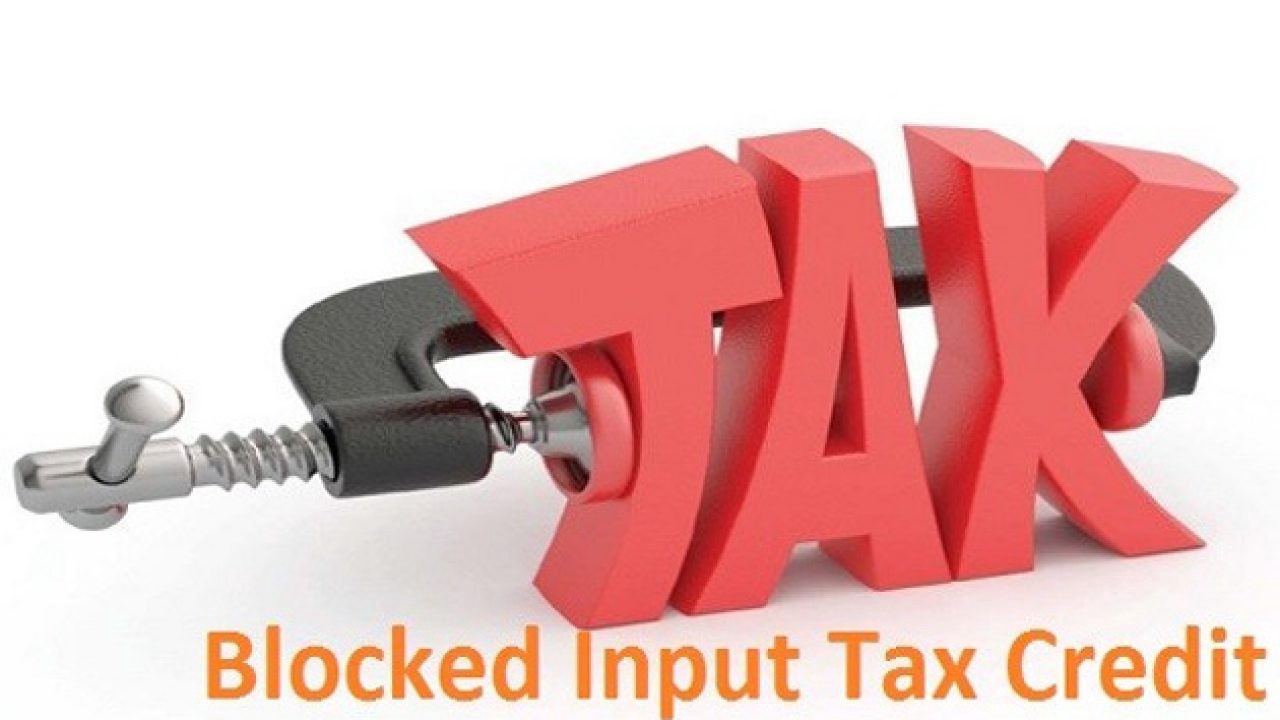
InfoMine
Your Learning Destination

Is Rectification of errors made in filing GST Returns Possible???
-CA. Arpika Agarwal
Background
Goods & Services Tax aka GST was introduced in India in July 2017 with new hope, new aspirations. The compliance structure of GST was based on its tech-based structure (portal) developed by Goods and Services Tax Network (GSTN). The government aimed to not only streamline the pre-GST regime process of segregated compliance across states but also to bring in such a framework where supplier and vendor transactions are linked over real-time. Out of three return systems per month of GSTR-1 (Sales), GSTR-2 (Purchases) & GSTR-3 (Final Return) as proposed, two of them (GSTR-2 & GSTR-3) were never operationalized. On the top of this the portal faced many technical glitches leading to difficulty at taxpayers end. Also, there was no option to revise the returns already filed. The new tax regime and its compliance framework were new to everyone including tax professionals and the errors are bound to happen. The earlier regime had option to revise the returns already filed, even as on date we have similar option in Income Tax Law also, but what about GST? Returns once filed are final. Alas! Isn’t it quite surprising that we have no option to revise any clerical or arithmetical errors? That’s what happened with many taxpayers. The big players can fight for their claims in the judicial system while the small taxpayers are at the mercy of government and that’s what happened recently in the case of Bharti Airtel Limited v. Union of India & Ors. (W.P.(C) 6 345/2018, CM APPL. 45505/2019 dated May 5, 2020 (hereinafter referred to as the ‘Airtel Case’) where the court has to allow Rectification of Return in the month in which the errors were noticed.
Issues Involved
- Whether the taxpayer can rectify errors done in filing GST Returns?
- How can such errors be rectified?
- Can such errors can be rectified in the original tax period or they need to be rectified in the period in which they are noticed?
- Can you take refund of any excess tax paid due to such errors done inadvertently?
Legal Provisions for Returns under GST Law
The provisions related to returns are contained in Section 37 to Section 48 of the CGST Act 2017 (hereinafter referred to as the ‘Act’) read with Rule 59 to Rule 84 of CGST Rules 2017. In this article our discussion would be restricted to returns under section 37, 38 and 39 of the Act. Also, emphasis is laid on two circulars issued by Central Board of Indirect Taxes & Customs (CBIC) viz., Circular No. 7/7/2017-GST dated 01.09.2017 and Circular No. 26/26/2017-GST dated 29.12.2017 which discusses the operational aspects of returns and have also been referred to in the Airtel Case.
As per section 37(1) of the Act every registered person is required to provide Details of Outward Supplies in Form GSTR-1. These details are then communicated to recipient in an auto-populated Form GSTR-2A in terms of section 37(1) read with section 38(1) of the Act. The recipient has the option to verify, validate, modify or delete such details of inward supplies. Thereafter, the recipient files Details of his Inward Supplies in Form GSTR-2 [Section 38(2) of the Act] based on inward supplies in Form GSTR-2A. These details of inward supplies are communicated to suppliers under section 38(3) of the Act and the suppliers have the option either to accept or reject the details and GSTR-1 is modified accordingly. After this, the taxpayer shall furnish a monthly return GSTR-3 containing final details of outward and inward supplies, ITC, tax payable and any other particulars related thereto.
However, owing to technical glitches and operational difficulties such self-policing system of authentication was never implemented. Only GSTR-1 and a summary return FORM GSTR-3B were introduced in July 2017 and GSTR-2 and GSTR-3 were deferred indefinitely. Also, GSTR-2A was operationalized in 2018 only.
Provisions for Rectification of Returns
The rectification scheme as envisaged in the Act is a 2-stage rectification procedure. The first stage happens through section 37(1) read with section 38(1), 38(3) and 37(2) of the Act wherein the registered person can rectify errors through auto-populated and matching regime of GSTR-1, GSTR-2, GSTR-2A and so on. The second stage happens through section 38(5) and 39(9) of the Act wherein any unmatched details can be corrected through the return for the period in which such errors are found.
CBIC issued Circular No. 7/7/2017-GST dated 01.09.2017 regarding reconciliation of information furnished in GSTR-1, GSTR-2 and GSTR-3B. Para 6 of the said circular provides for correction of erroneous details furnished in GSTR-3B through GSTR-1 and GSTR-2 of that particular month to which the details pertain. However, later on through Circular No. 26/26/2017-GST dated 29.12.2017 the above mentioned circular was kept in abeyance and a new clarification as issued that any errors committed while filing GSTR-3B may be corrected in GSTR-3B of the month in which they are noticed. Also, it was specified that GSTR-3B does not allows negative entries and any unadjusted amount may be adjusted in GSTR-3B of subsequent months or if not feasible then refund may be claimed for the same.
The Airtel Case
During the initial three months of GST Implementation (July-September 2017), due to unavailability of GSTR-2A and exact details of ITC, the company availed ITC on its own estimate and paid the liabilities in cash. However, when GSTR-2A was operationalized in October 2018 and exact details of ITC were matched with company records it was found that it has not availed ITC to the tune of Rs. 923 crores. Now, when the error is noticed the company wants to rectify it by correcting the return but is unable to do so as no enabling statutory procedure has been implemented yet by the government.
Complexities if revision is allowed in the same month
As submitted by the learned counsel of the GST department in the Airtel case that indirect tax is levied across the supply chain and if rectification is allowed in GSTR-3B of same month then following instances of complexities may arise:
- The tax paid on outward supplies is the ITC of the recipient and if any changes are made by the supplier and such changes are allowed to be reflected in the original tax period for which return has already been filed then recipient would also have to accordingly modify his return which would create more compliance burden.
- Taking forward the above case, suppose the recipient is an exporter who claims refund of unutilized ITC under section 54(3) of the Act. In case refund has already been sanctioned and disbursed, any reduction of available ITC (due to changes made by supplier) would create a situation of erroneous refund and would invoke demand provisions under section 73 of the Act.
Stumbling blocks of Refund provisions in providing remedy
Since, only limited rectification is allowed, the errors have been noticed but still no remedy is available for same in the refund provisions of Act which have become a roadblock for the same. As per section 54 of the Act, refund of excess ITC is allowed only in cases of export (zero-rated supplies) or inverted duty tax structure. Further, refund can be claimed in cases of excess balance in cash ledger or where tax has been wrongly paid to the government. For instance, the Airtel case falls in none of the above condition and therefore no remedy can be availed through refund provisions.
Legal validity of CBIC Circulars with respect to rectification
Circular No. 26/26/2017-GST only kept the Circular No. 7/7/2017-GST in abeyance and has not rescinded it. The Circular No. 26/26/2017-GST restricts the rectification to the period in which it is noticed and is not in consonance with the CGST Act. It is well established that any circular issued by the board cannot be contrary to the Act and the Government cannot impose conditions which go against the scheme of the statutory provisions contained in the Act. Even in the Airtel case also the honbl. Court said that the government’s cannot benefit from its own failure to fully enforce the scheme and deprive the registered person its substantive right to rectify/ adjust the errors and omissions made in the respective month itself.
Conclusion
The rectification of any error or omission made inadvertently is inherent right of the taxpayer and such right cannot be restricted by creating limitations arising out of technical inefficiencies of the government. Therefore, legally speaking and also on the basis of judgement in the Airtel case, rectification of GSTR-3B is possible in the original time period and not in the month in which errors are noticed. However, as far as GST portal is concerned still such errors have to be corrected through return for the month in which they are noticed and therefore, there is still a mismatch between what law says and what a tech-driven portal allows.


